Today is April 21st. It’s a Saturday. It’s raining here in Austin, so instead of continuing the battle against the bamboo in my backyard (proof), I’m cozied up inside looking at Moz’s Youtube Channel. I half-started this process just to see how their Whiteboard Fridays were carrying on without Rand Fishkin.
While it wasn’t Rand, I did find a great piece of content.
I found Kane Jamison from Content Harmony talking about using paid social for content marketing.
…and I’m happy I saw it.
The video is incredibly relevant as we scale up content marketing at my companies, and can benefit almost every business creating content.
Let’s start with a summary of the video:
- Audience development (email & regular readership) is difficult. Most people won’t see your content who would be interested. Paid social can help.
- Different styles of content promo:
- Video as a teaser or sampler for the content: short animated video, or talking head video. Nice for team recognition.
- Tools: Soapbox by Wistia, BigView, Shakr, Promo by Slidely
- Create captions
- Could be cheaper than traditional image ad
- Create Lookalike Audiences based on website visitors or existing email list
- Do a 1% Lookalike with some additional filters
- Influencers:
- Bloggers, journalists, page managers: Use job title & broad title filters
- CPC will be a lot higher to reach them
- Share-CTA
- Retarget non-subscribers
Over the next month, we’ll be testing this strategy, and sharing the results here.
Using Paid Social for Content Marketing: The Study
Problem: Most people who would be interested in your content, won’t see it organically – on Google, or email, or social.
Solution: Use paid social for content promotion.
Potential ROI: Expand cookie-list, expand engagement audience, expand email list, grow readership.
Expected Learnings:
- What are the campaigns to launch and on what platforms? Why those?
- What kind of ads? Why those?
- What’s the tone of the ads? Why?
- How repeatable is this process?
- What are extensions of this study that could be applied elsewhere?
- How should we measure if this is effective?
Over the next several weeks, Jack (the content marketer at Ad Badger), will put this theory to the test to see if it’s worth it.
That’s all good, and I’ve got some initial thoughts:
- Does he have examples of what kind of video is going to connect best?
- What about the exclusion audiences?
- Does it make sense to retarget everyone on my email list, too? Considering 60-70% won’t open a marketing message from an email list…
- I know he mentioned FB primarily, but I also imagine Linkedin Video could do well. My friend and former mastermind-member Kiri Masters is doing great with her Linkedin Marketing (follow her if you’re an e-commerce brand). Look at the difference between a standard social share VS video (both organic feed)
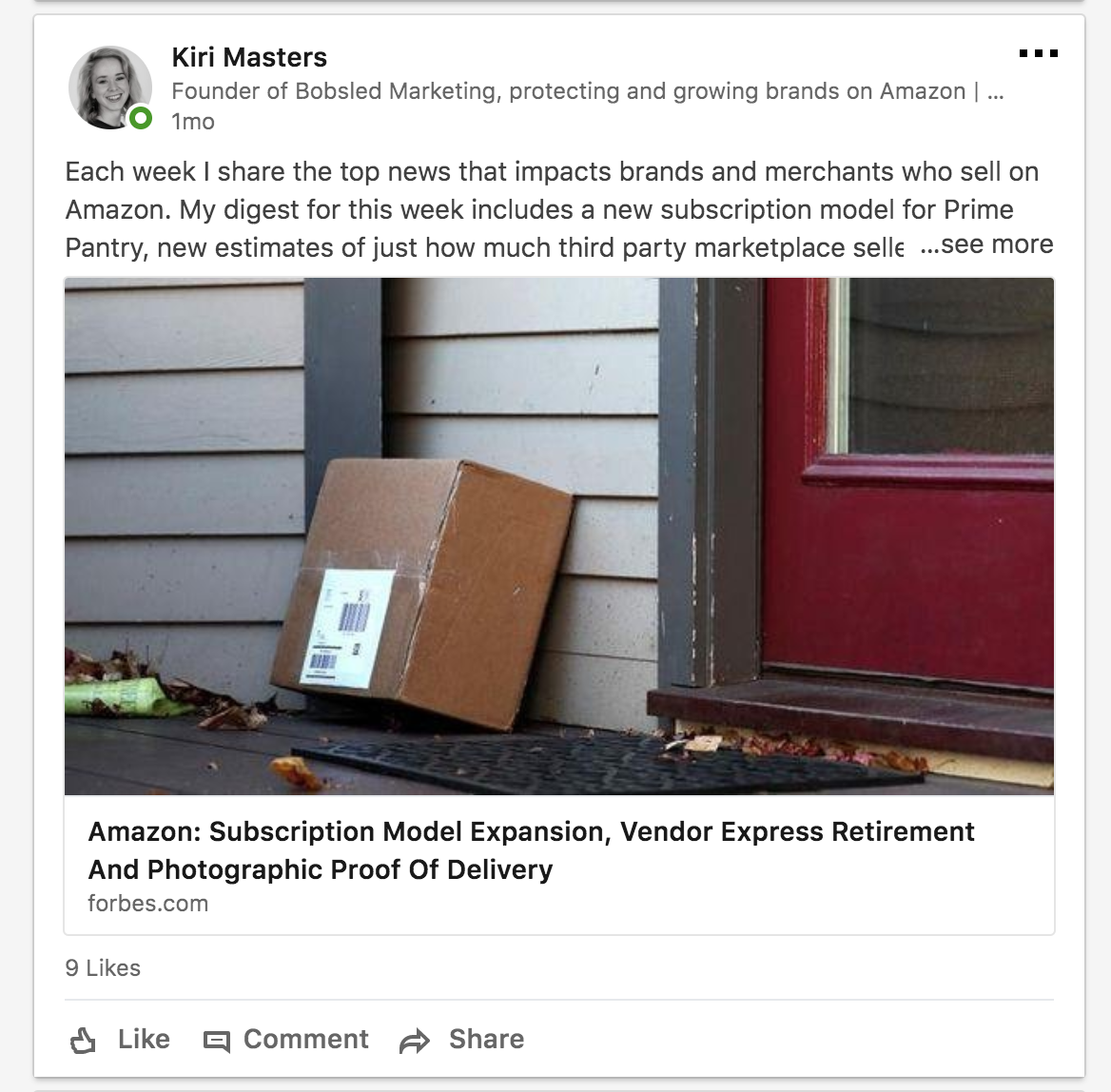
Compared to the organic video:
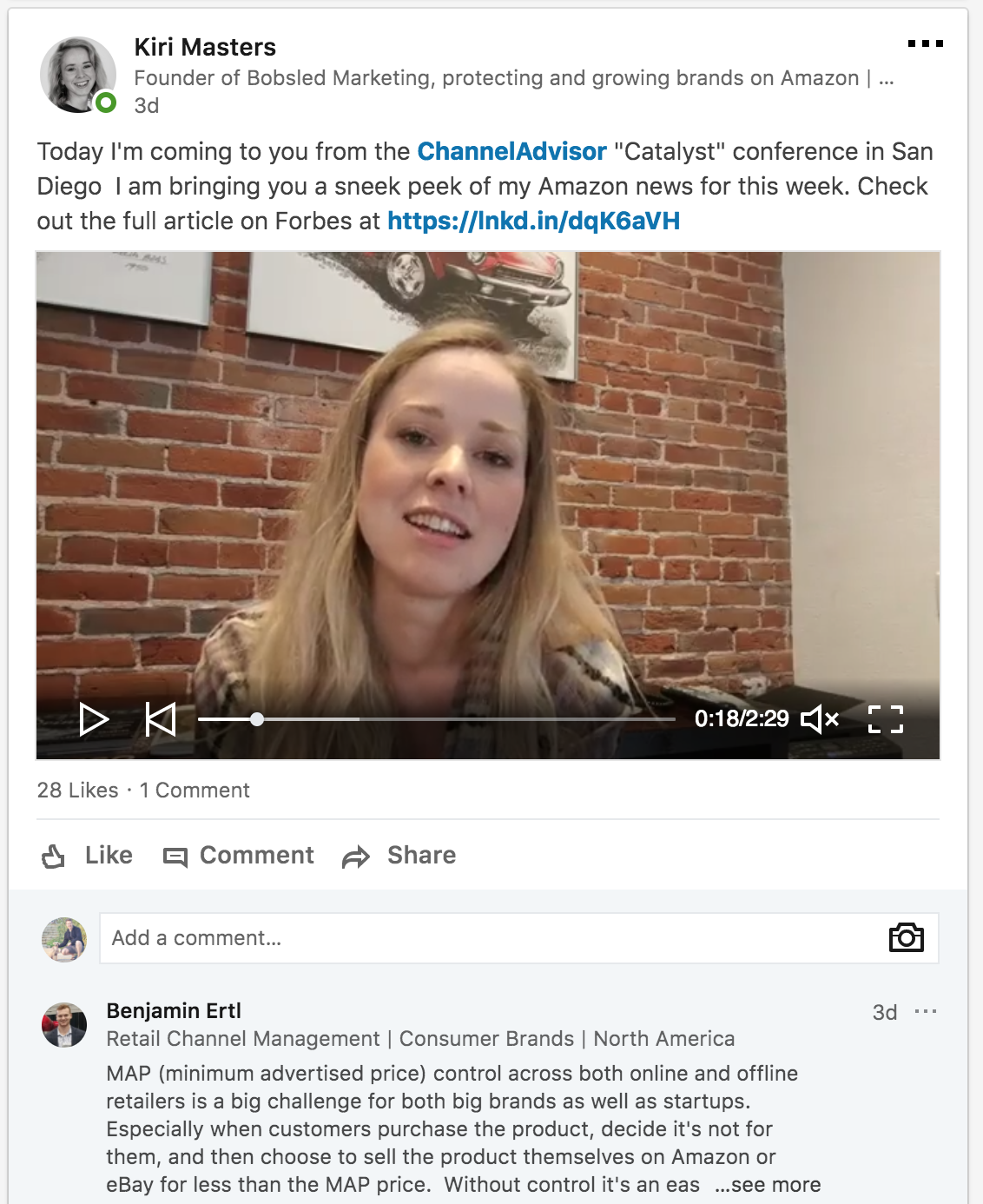
28 likes vs. nine likes. It’s a smart assumption that talking-head video paid social promotion will have higher engagement (and thus cheaper CPC’s) than just a simple image.
So there is a good theory going that paid content promotion on social is a great amplifier to get your content read & watched. But what’s the actual business impact of this?
Putting Theory to the Test
Over the next few weeks, here’s what I’ll be working on:
Measurement:
I want to measure to see if paid content promotion leads to a cost-effective way to acquire new top of funnel (TOFU) leads to our Amazon PPC Software Ad Badger.
I am also well aware (as my friend & Search Scientists client will attest to [Eric Bandholz from Beardbrand], of the immense power of brand lift. Becoming the authoritative source of Amazon PPC information, tips & strategy is precisely what Ad Badger aspires to be. More people will be exposed to your brand, and when it comes time for them to seek additional information or make a buying decision, forming that relationship at the top of the funnel is what great companies do. How do you measure brand lift? For this experiment, we’ll be looking at branded searches & follows on social.
This won’t be a perfect experiment. I’m well aware that other activities will influence leads & brand awareness. To help isolate the data and form our experiment, I’ll be reaching out to Kane from that Moz video to get some additional insight into the strategy.
Contacting Kane on Twitter
Update: One Month In: Content Promotion
-May 20th, 2018
Baby steps.
This has been slow to start.
First, I decided to unify Search Scientists & Ad Badger marketing processes. Originally I thought we’d only be doing paid content promotion with one company, it makes sense to expand it out to both.
Organic Video Content Promotion on Linkedin
I was experimenting with uploading a native video to Linkedin discussing content. A few notes:
- It was unique content. I didn’t simply share a video in the post itself already, and this wasn’t a double post of a video I also published on YouTube. The rationale here is you can talk directly to LinkedIn. Extra effort, but potentially worth it.
- It was a native upload. I’m following the Facebook video protocol that native posts (posts uploaded through the platform, keeping people on the platform) gain more traction. The platform (in this case LinkedIn) wants to keep you on their platform, not redirect to your site or YouTube.
- The 80/20 of this method is to probably repurpose a single video for YouTube, Instagram, Facebook, and Linkedin. Perhaps apply some light editing for unique introductions on each platform.
Here is the post:
In addition to 28 likes & 11 comments (which is well over the average engagement for me), here are the full stats.
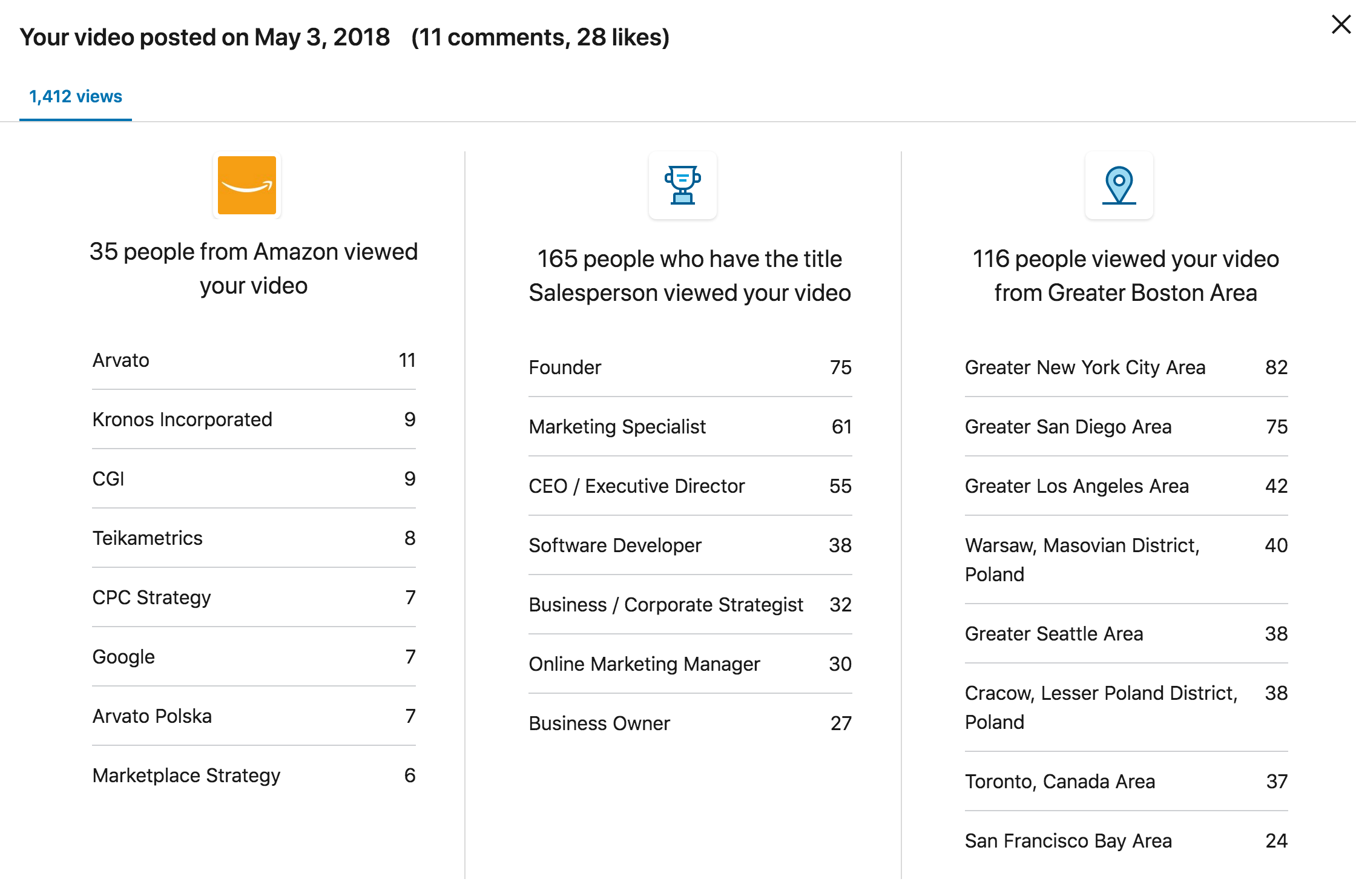 This content repurposing led to an extra 1,412 views on me & my content.
This content repurposing led to an extra 1,412 views on me & my content.
The engagement in comments, new follows, new messages led to a few meetings I’m excited about to talk about Amazon PPC. Personal branding win.
Could I pay to promote this? Unfortunately not with my personal account on Linkedin. I spent years curating a list of almost 5,000 connections.
All their paid ad video offerings need to be run through a company page. It’s something to experiment with. I know this post started as a test for paid social content promotion, we landed on an organic technique that I couldn’t pass up.
Foundational Learning: I will continue to upload videos through my personal Linkedin. Averaging 10 videos a month at 1,500 views would yield an extra 15,000 views on my content – for free.
This video helped turn our “AdWords vs Amazon PPC” post to our most popular blog post (and infographic) of the last 30 days. It also ranks number 1 for “AdWords vs Amazon PPC”.
Paid Content Promotion on Youtube
Ad Badger Youtube Promotion. On Youtube, I decided to run a video ad that was less-personal more “Official Video”. I also only ran it to a retargeting list only.

Not very exciting. Stats:
- $0.21 cent CPV’s (On Youtube a view is 30 seconds compared to Linkedin 3-Second views)
- I’m actually pretty surprised with the 17% view rate on a pre-roll video.
- This was the video
Learnings for next time:
- I like how the video was instantly catchy. In the first 5 seconds, there is something fun (The Badger), a personal greeting relevant to the audience (“In this video we’ll be talking about bidding on Amazon”). This is probably why the pre-roll (in-stream) ads were cheaper and got more engagement.
- The “in-search” and “along-side” video got weak engagement. Probably due to its weak thumbnail & weak title.

- This paid content promotion’s only goal was for visibility and brand building. I wanted to increase eyes on quality content. 89 extra views (representing about 6% of the new retargeting audience we built for this), was fair for 20 bucks over the course of 2 weeks (about 1 dollar a day).
- Before we launch something like this to cold traffic, I’ll want to have a better funnel strategy. Watch video 1, then take step 2. This project only had 1 objective: watch video.
- Search Scientists video retargeting on YouTube was very similar in our results.
Foundational Learning: Spending a few dollars a day on retargeting video views as an authority builder is part of our mission to become a trusted source in the Amazon PPC space, so it’s something we’ll continue to invest in.
Paid Content Promotion on Facebook
On Facebook, we went with a very similar approach. We targeted all previous visitors and optimized for video views.
The video ad:
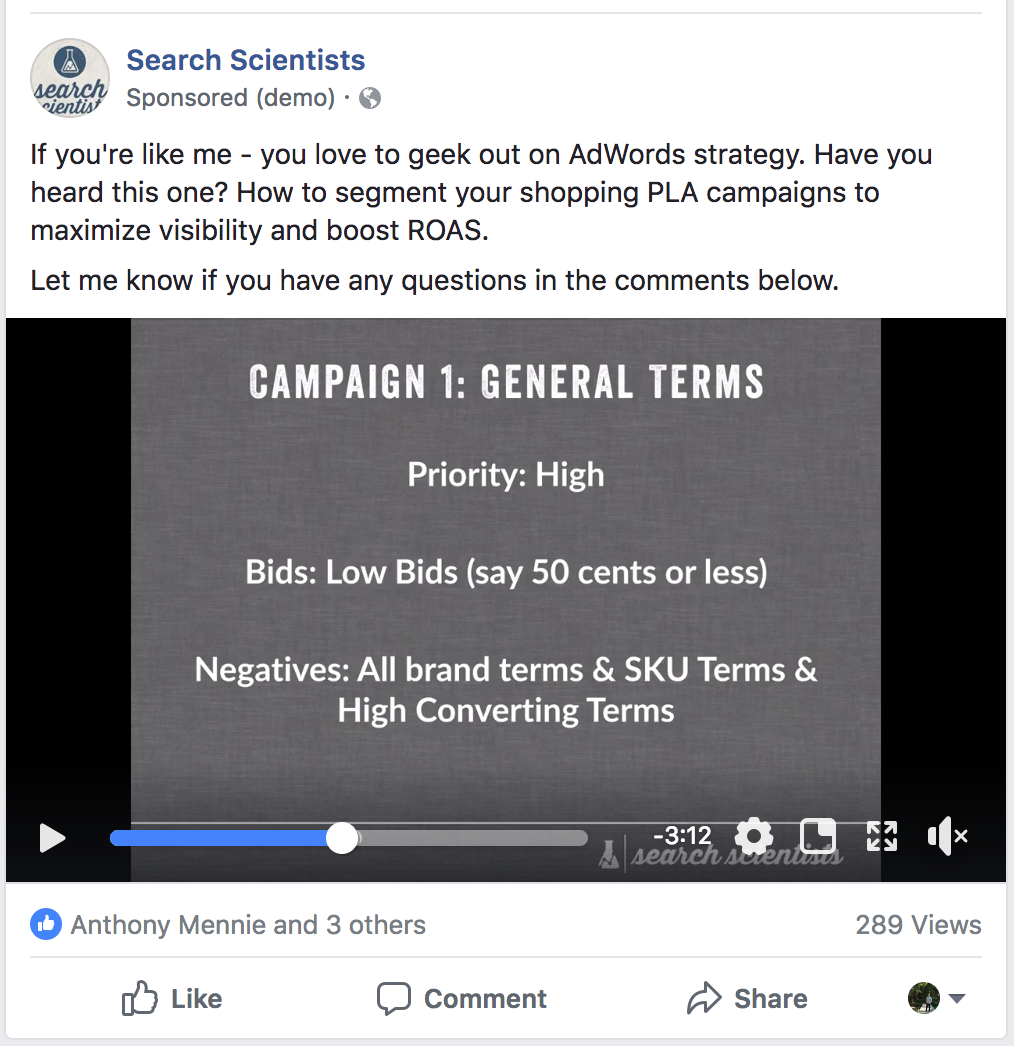
We ended up with 97 10-second views for 13 bucks.

How We’re Going to Improve Our Paid Content Promotion
More Talking Head Video
“Today, one of the best skills an entrepreneur or marketer can have is talking directly into their phone or webcam.” That’s a quote from a good friend who runs the terrific podcast Austin Brawner of Ecommerce Influence.
Proving his point – the organic videos I’ve been posting on Linkedin got more engagement than the YouTube or FB Ad videos we paid to promote.
Marketing on social is and should be a social experience.
For future posts it might be more effective (more reach & engagement) to record a short 1 minute talking-head video, as opposed to sharing the post itself.
Reward Strong Organic Posts with Paid Campaigns
Consistently spending thousands of dollars every month of paid content promotion – for the purposes of promotion, not lead generation – is a tough sell. I want to be more intentional about it.
Using a very basic optimization principle, we can identify the specific posts that are worth being promoted.
- Post regularly on organic, email.
- Develop a baseline level of engagement metrics.
- Only pay to promote the most organically engaging content to a cold audience.
- Since higher-engagement paid posts get cheaper cost-per-clicks (CPCs), we’ll maximize our marketing dollars by only rewarding already strong posts.
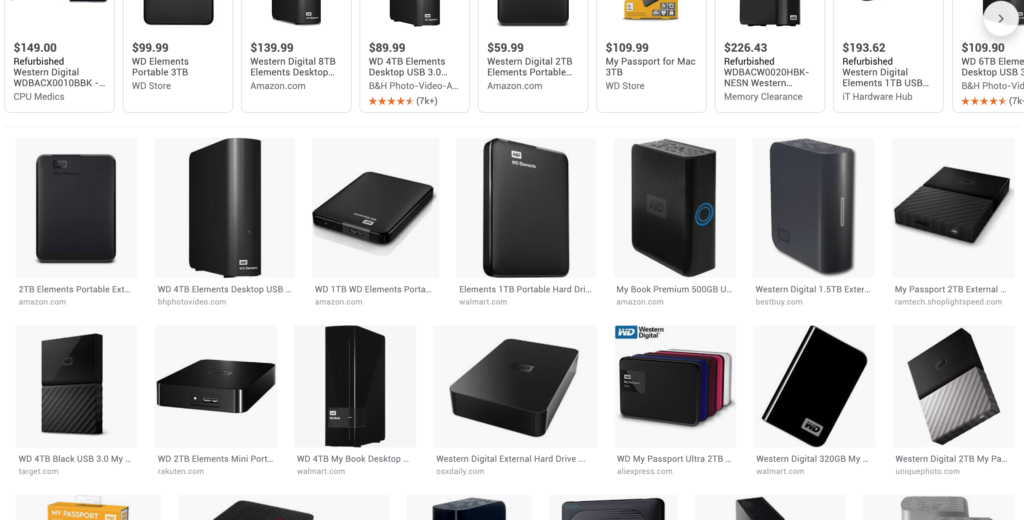
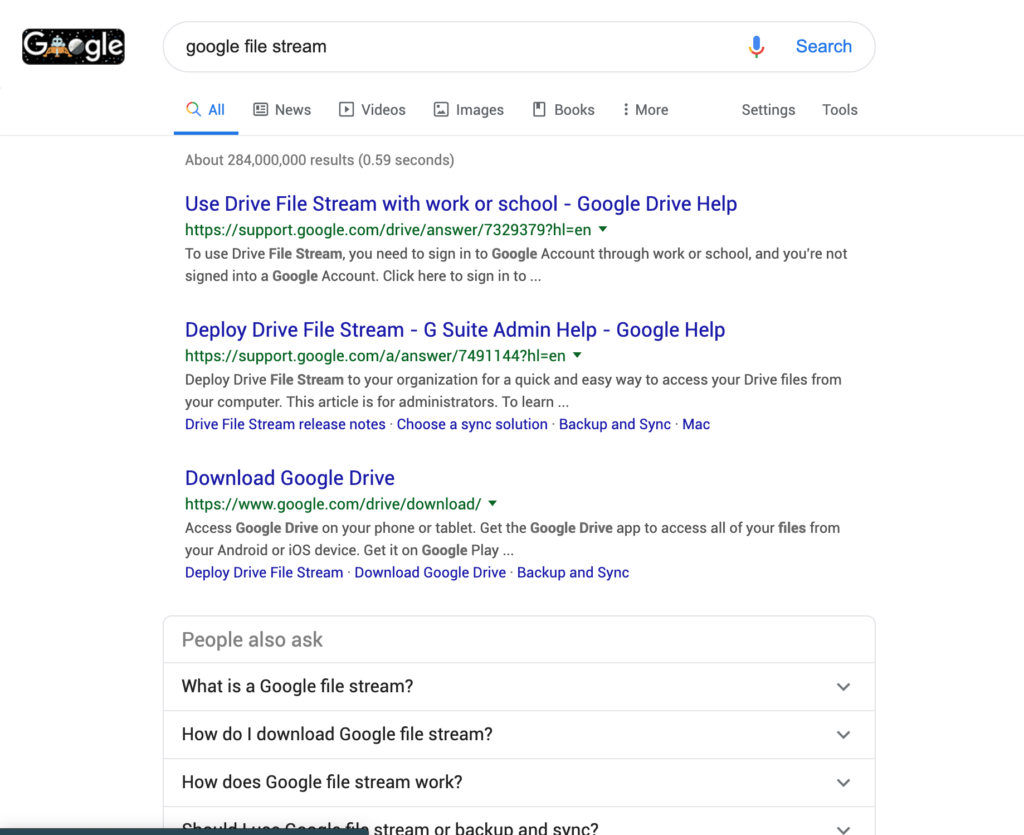
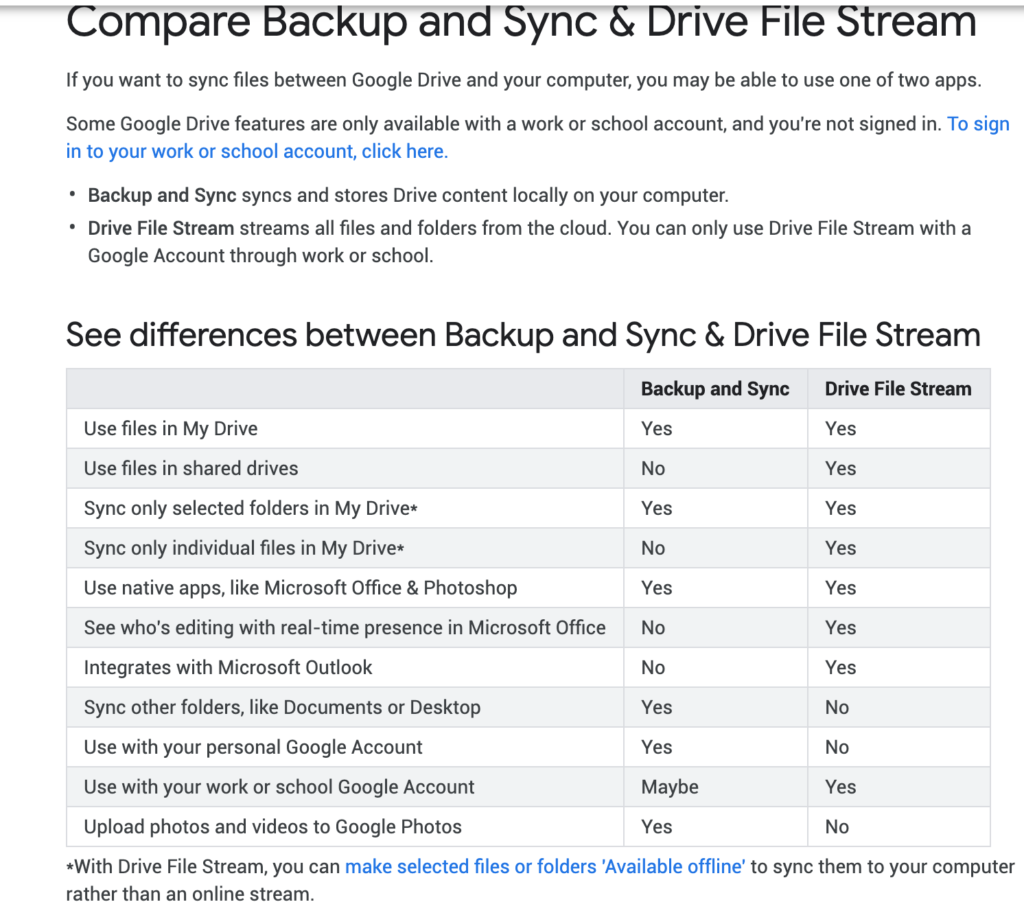
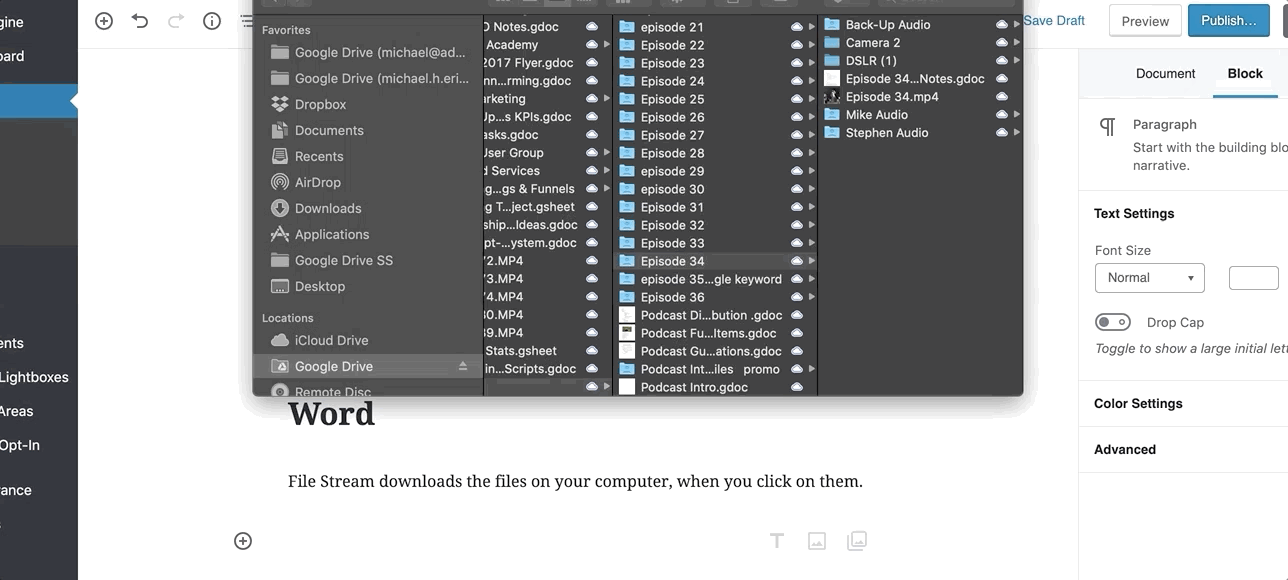
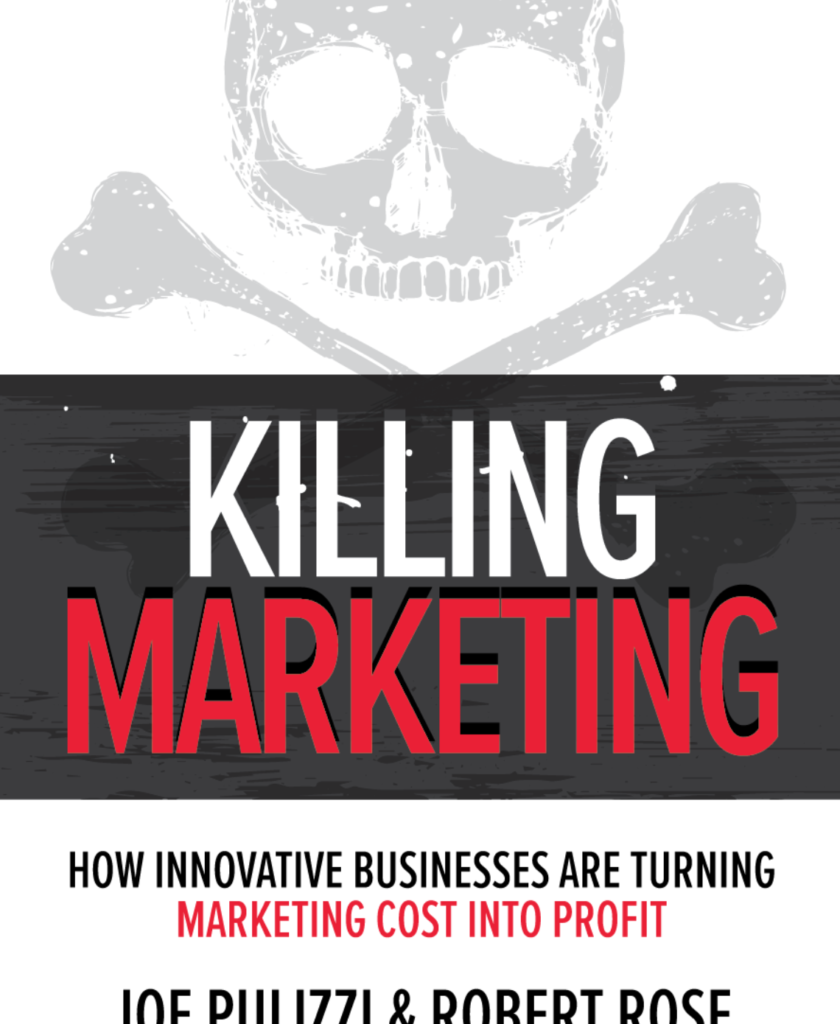



 ” /> (@KaneJamison)
” /> (@KaneJamison)  This content repurposing led to an extra 1,412 views on me & my content.
This content repurposing led to an extra 1,412 views on me & my content.



